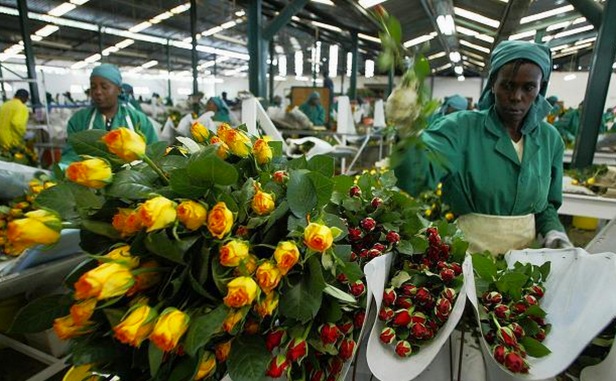
Herdsmen not comfortable with increasing flower farming in Naivasha
The land use, land cover of the Naivasha has changed extensively in the last three decades. This could have been largely influenced by horticultural farming due to availability of farming water from Lake Naivasha.
Back in 1930’s, 1940’s there were only farms for fodder crops around the Lake shore. By the late 1950’s Lucerne was by far the biggest crop around the lake. In 1975, there was only one flower farm. Flower farming began earnestly in the 1980s and grew rapidly in the 1990s. The farms started expanding and covering particularly the southern area around the lake while the peri-urban estates also started coming up.
Apart from horticulture, the Region has wide range of agricultural land use, ranging from traditional pastoralists to subsistence and small holder farmers, through dairy and beef farmers. Some parts such as the town and its estates are built-up areas while there is also a National Park, nature conservation area and geothermal electricity generation site among others.
Today, the Lake Naivasha region is the country’s biggest hub for floriculture, earning billions of Kenya shillings for farm owners, creating unprecedented job opportunities and drawing thousands of migrants from other parts of the country.
According to the Kenyan Horticultural Crop Directorate (HCD), Kenyan growers exported 122,825 tons of cut flowers worth 62.9 billion Kenya shillings ($620 million) in 2015. An estimated 500,000 people are employed by the industry, which generates 1.2 percent of gross domestic product (GDP).
For Naivasha Maasai pastoralists, however, the push by big farming companies has not sparked opportunity but panic that their traditional semi-nomadic lifestyle could be at risk.
Read More:Naivasha flower-sector-is-not-all-roses-for-maasai-herdsmen/301681/

